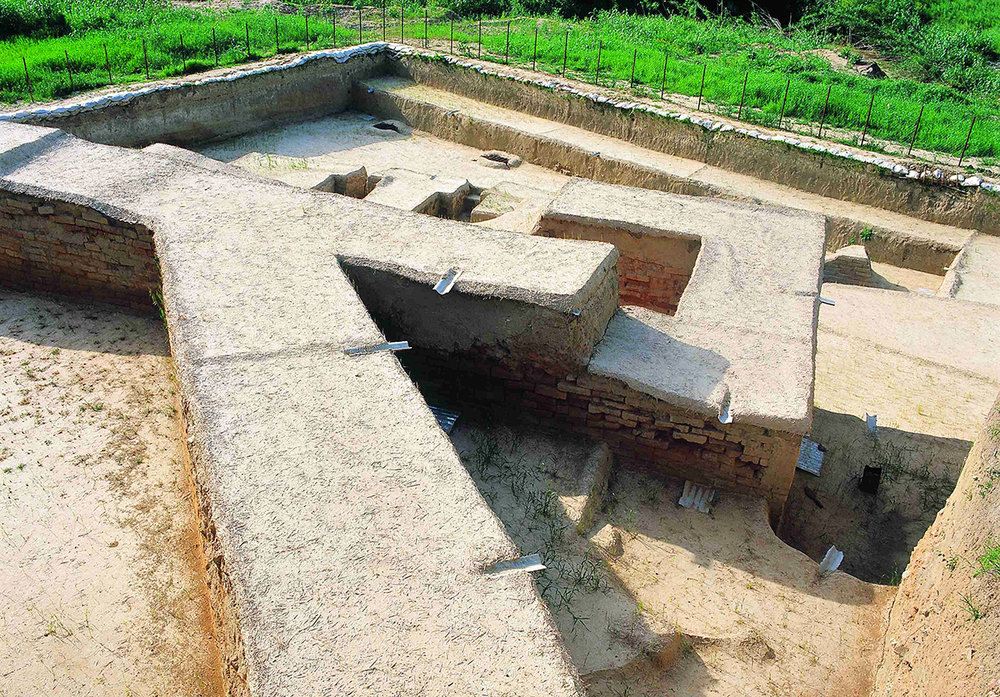Eyeing UNESCO status, Iran’s Great Wall of Gorgan to undergo restoration

TEHRAN – The ancient Great Wall of Gorgan, northern Iran, is projected to be restored with an eye to get UNESCO World Heritage status
Sections of the gigantic monument, dated from Sasanian-era (224 to 651 CE), have already been unearthed. The vestiges and remains of certain parts of the wall can be visited today, though they’re not easy to find.
Built from 420s to 530s CE, the Great Wall of Gorgan served as a defense system stretched along southeastern parts of the Caspian Sea near modern Gorgan in Golestan Province.
The wall stretches for almost 200 km and is dotted by a total of 38 forts. It is the longest fort-lined ancient barrier between Central Europe and China, it is longer than Hadrian’s Wall and the Antonine Wall put together.
It is also more than three times the length of the longest late Roman defensive wall built from scratch, the Anastasian Wall west of Constantinople. The combined area of the forts on the Gorgan Wall exceeds that of those on Hadrian’s Wall about threefold. These figures do not take into account that a substantial section in the west appears to be buried under marine sediments of the Caspian Sea.
The Cultural Heritage, Tourism and Handicrafts Organization has set an agenda for compiling an all-inclusive dossier on the landmark monument to be submitted to the United Nations’ cultural agency, Mehr quoted CHTHO Deputy Director Mohammad-Hassan Talebian as saying on Monday.
Commenting on difficulties to collect such comprehensive data, the official explained “Historical studies are relatively time-consuming and different from those of development projects.”
The organization will also conduct an extensive restoration work on parts of the ancient monument which have already been excavated, he added.
Elsewhere in his remarks, Talebian emphasized the importance of worldwide recognition of the great wall, adding “We hope that the global registration of the site will come to a conclusion next year.”
The Great Wall of Gorgan and its associated monuments provide a unique testimony to the engineering skills and military organization of the Sassanian Empire, which, in its heyday, was involved in a series of wars at its northern frontiers, first against the Hephthalites or White Huns and later against the Turks.
In some archeological sources, the Great Wall of Gorgan is referred to as the Red Snake due to the color of its bricks.
PHOTO: An undated photo depicts previously excavated parts of the Great Wall of Gorgan in northern Iran.
AFM/MG
Leave a Comment